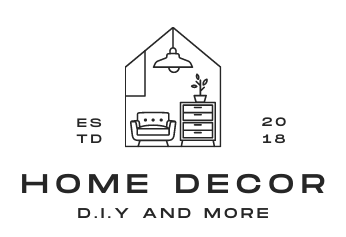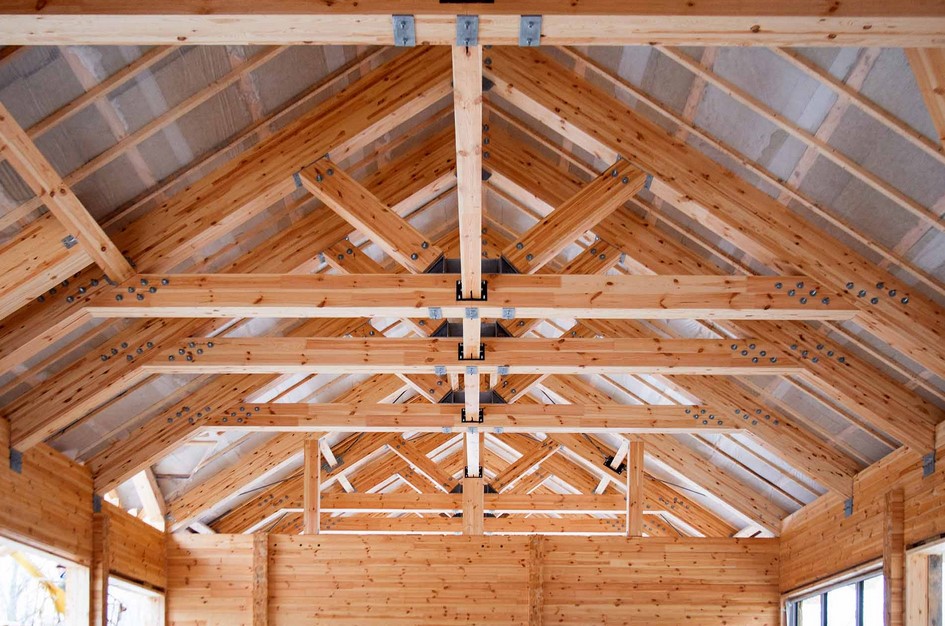Understanding Roof Insulation Basics
Embarking on the home energy efficiency journey often starts right above our heads – with the roof. Insulation in the roof is a silent guardian, battling against the elements to keep our abodes temperate and energy bills at bay. Specifically, roof insulation is instrumental in slowing the movement of heat, an asset in blistering summers and bone-chilling winters alike. For those looking to optimize their home’s thermal performance, understanding and, if necessary, upgrading the insulation with dependable roofing services can be a game-changer. One of the critical factors to comprehend when dissecting roof insulation is the R-value – a measure of thermal resistance. The higher the R-value, the more adept the material is at insulating a home. Knowing the appropriate R-value for your area is crucial; a well-insulated attic can deter a significant portion of a home’s heat loss. The type of insulation material you choose can include fiberglass bats, rigid foam boards, or blown-in cellulose, each with benefits ranging from affordability to ease of installation and superior insulating properties. According to venerable sources like Energy.gov, assessing the climate and the zone-specific R-value recommendations can dramatically influence the efficiency of your insulation. Thus, one is advised to consider the unique needs of one’s living space to make the most energy-conscious and cost-effective decisions.
Choosing the Right Insulation for Your Roof
Selecting the perfect insulation for your roof isn’t unlike choosing the right winter coat – it must fit the climate and your needs. For instance, the frigid conditions in northern lands demand heavyweight materials with lofty R-values to keep the warmth in. In contrast, the mild winters of southern locales may only require a light insulating touch. When selecting insulation, homeowners should balance the material’s climatic suitability, ease of installation, long-term durability, and cost. Each plays a pivotal role in determining the most effective insulation for your roof. Materials with higher R-values, such as polyisocyanurate or spray foam, may come at a higher upfront cost but can offer improved insulation, resulting in long-term energy and cost savings.
Roofing Materials and Their Impact on Energy Efficiency
The material used for your roof profoundly impacts your home’s energy efficiency. Beyond aesthetics, roofing materials can reflect sunlight, emit absorbed heat, and enhance insulation. For instance, while asphalt shingles are famous for their affordability and durability, they may need to match the reflective properties of metal or the insulation benefits of slate tiles. Innovations in roofing materials, such as “cool” products designed to reflect sunlight, offer significant energy savings for residential and commercial buildings. Sustainability concerns drive the adoption of environmentally friendly options like green roofing systems, which promote biodiversity and manage water runoff. This convergence of functionality and ecological benefits guides homeowners and builders toward more sustainable roofing choices.
The Environmental Benefits of a Well-Insulated Roof
A well-insulated roof is pivotal for sustainability, managing utility costs, and enhancing environmental stewardship. High-quality insulation minimizes energy consumption, thus reducing a home’s carbon footprint and lessening reliance on heating and cooling systems. This, in turn, decreases the need for fossil fuels in energy production, contributing to lower greenhouse gas emissions and combating climate change. Moreover, by reducing energy demand, especially during peak times, insulated roofs alleviate strain on electricity infrastructure, lowering the risk of blackouts and the necessity for costly expansions. These benefits underscore the crucial role of residential roofing in advancing sustainability and resilience in society.
Innovations in Roofing Insulation and Materials
The demand for sustainability is steering the future of roofing materials, with innovation brimming within the industry. Technological advances yield new products with improved energy efficiency and reduced environmental footprints. Among these are high-tech options like reflective coatings, which can significantly reduce a building’s temperature without altering its appearance. According to some estimates, these products have the power to reflect the sun’s rays and emit absorbed heat, potentially cutting cooling costs by up to 20%.
Next Steps: Assessing and Improving Your Home’s Roof Insulation
Gauging the current state of your home’s roof insulation is a practical and imperative step to greater energy efficiency. A careful examination, starting with an energy audit, could reveal areas of heat loss and suggest targeted improvements. Employing the expertise of insulation or roofing professionals can help you design a comprehensive plan that addresses your home’s unique challenges. The resulting energy savings and increased home comfort will validate the importance of adequately assessing and improving your home’s roof insulation as an innovative and sustainable home improvement strategy.

